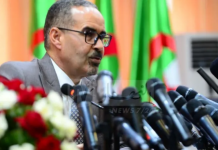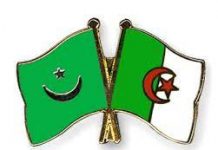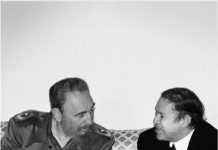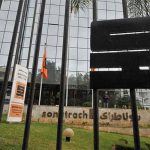-
We have put over a hundred signs marking, all were removed, says Eitan Bronstein, director of Zochrot (Souvenir Hebrew), by visiting the ruins of Simsim, a former Arab village close to the band Ghaza.
I would not be surprised if these signals are no longer there when we return later in the day, he continues by depositing signs mark the locations of the Arab village, as the mosque, school, the central place, etc.
Zochrot has already done this work in some thirty villages in Israel, raising signs in Arabic, Hebrew and English indicating the location of their main buildings and showing visitors the daily life of Arabs before 1948.
There is a willingness of Israelis to forget or conceal the presence of the Palestinians before 1948, says Omar Ighbarieh, an Israeli Arab who leads the group of Israeli and foreign activists.
The Israelis must know that all what they have built for the modern state with a strong economy has come at the expense of someone else, he continues.
Everybody, my parents, my school, songs, radio … All history was that we, the Jews, are returned after the Holocaust on our land 2,000 years after, says Yoav Becher , a member of the group.
He invited a few friends in the nearby kibbutz, where he worked before his military service, visit Simsim. Nobody came. They do not want to see. They do not want to do that.
The village of Simsim, of which there are only few ruins, lies a few miles from the Ghaza strip. This is where most of its nearly 1,500 inhabitants fled in May 1948, when it was attacked by the Israelis.
Whenever I return here, I cry, says Ramadan Farajallah, 77, who fled with his family 60 years ago. We had four guns in the whole village, what could we do? he said remembering that night when soldiers entered the village.
But unlike other refugees, who have swelled the camps of the United Nations in the Middle East, he may not be able to return to the scene because he received Israeli citizenship in 1970 after having married an Israeli Arab.
This issue of the return of refugees is central to the Israeli-Palestinian conflict. Time in Israel the official was that the Palestinians who fled in 1948 had followed the instructions of the Arab armies who promised them they could return home once they have finished with the new Jewish state.
But it was under attack, first by Palestinians denounced ethnic cleansing and the modern historical research in Israel.
All studies show that hundreds of thousands of Palestinians were driven from their homes, particularly at the end of the war, in a campaign to ensure a Jewish majority in Israel.
The Israeli historian Benny Morris, author of Birth of the Palestinian Refugee Problem, 1947-1949, says the exodus of the Palestinians is a complex in which each camp holds some responsibility.
There were expulsions, and there are places where Arabs have told their leaving. Most people have left because they were afraid, he says.
The Palestinians claim that the right of return of refugees, some 4.6 million with their descendants, to be recognized by Israel, which refuses to hear, whereas a mass return of refugees would mean the end of Israel as Jewish state.
Ennaharonline / AFP
Welcome!Log into your account



























